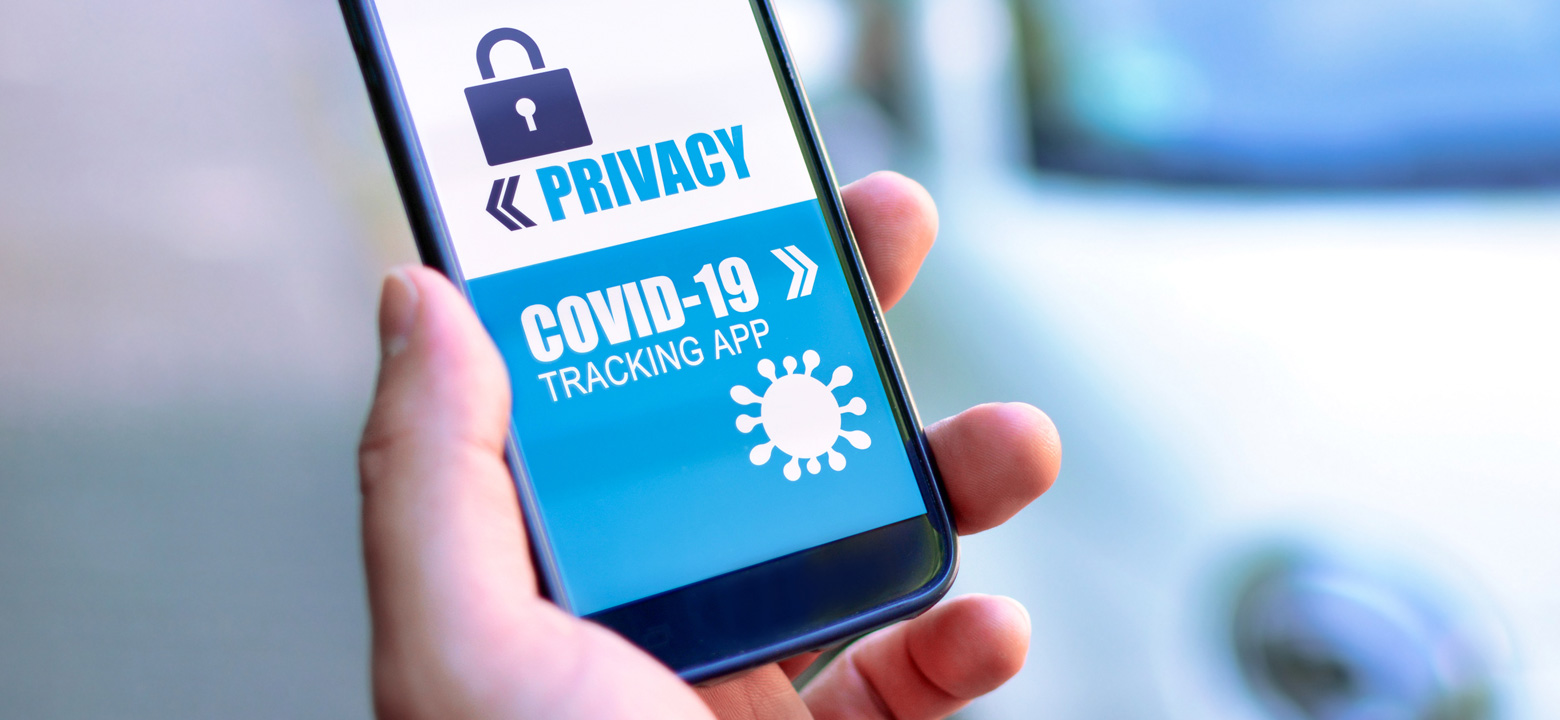
Contact tracing is one of the most important aspects of managing a pandemic, and one vital piece of a good reopening strategy. Without it, it's virtually impossible to track new potential infections until they pop up, by which time the carriers may have infected hundreds of other people. With today's technology, contact tracing should be relatively easy. However, there are some concerns that using it to trace the sources of new infections may be even more dangerous in the long run.
Contact tracing is the process of tracking the people who have come into contact with an infected person. Once someone tests positive for an infectious disease, contact tracing allows medical professionals to find out who else may have picked it up from that person, and consequently gone on to spread it to the general public. After the contacts have been traced, these people can be notified, tested, and given a diagnosis, counseling, and preventative care, or told whether or not they need to isolate to avoid spreading further infections.
Traditionally, this is a time consuming and labor intensive task. Doctors have to spend hours going over everyone that a patient may have come in contact with, track those people down, and call them to offer help. This relies on the patient's memory and willingness to expose their personal life, the ability to find the affected people, and their willingness to pick up the phone. Technology can help streamline this process by automatically tracking contacts, making it faster and more accurate.
Contact tracing aims to outpace a disease. If a given person tests positive for an infectious disease, contact tracing allows medical personnel to warn everyone that that person has come in contact with so they can respond appropriately to prevent new cases. Ideally, this happens quickly, before those people are able to spread the infection further. It is commonly used for conditions like strep throat, tuberculosis, vaccine-preventable infections, sexually transmitted infections, and new diseases, among others.
At the moment, there are two methods of automating contact tracing using apps: centralized, and decentralized. In a centralized model, apps gather data anonymously, and upload it to a server where it can be used to match with other contacts. In a decentralized model, there is no remote server—information is kept on the user's phone, where it is matched with people who may be carrying the novel coronavirus.
In China, citizens were required to download a contact tracing app. This would flag whenever people came into contact with someone who had tested positive. This ultimately helped them flatten their curve. In South Korea, a combination of credit card information, GPS coordinates, surveillance camera footage, and smartphone apps allowed them to keep tabs on people who tested positive for COVID-19, and ensure that they stayed in quarantine.
Apple and Google are partnering to create a Bluetooth-based contact tracing method. This would allow a large number of individuals to opt-in, as well as enable information sharing with health apps and government authorities. This app follows a decentralized approach, which has some officials concerned about the way Apple software restricts the use of Bluetooth. Apple has agreed to circumvent these restrictions, but only for countries whose contact tracing apps also use a decentralized model.
In North Dakota, more than 30,000 people have downloaded Care19, an app developed by ProudCrowd that tracks a phone's location using GPS data. This helps officials keep an eye on emerging virus hotspots.
Contact tracing is, by its nature, somewhat invasive. In a time when many smartphone users worry about their apps sharing location data and other information that they feel compromises their privacy, a significant number of people don't want to participate in programs that allow government and health officials to track them down. Apple and Google have expressed sympathy with their users' concerns, and have elected to keep some information, like location data, private. This has some states worried. Location data can be an important piece of the contact tracing puzzle, and, without it, some authorities fear that new apps might fall short.
Another complication arises as some countries have adopted the centralized model for contact tracing apps, while others have gone the decentralized route. This means that it is extremely difficult, if not impossible, for this data to be shared across apps—and therefore across borders. Since diseases don't have those kind of limitations, contact tracing technology falls short when it's limited to communicating within the same kind of app.
Smartphone apps can make contact tracing easier and faster, freeing up doctors from spending time tracking down contacts individually, but there are concerns that they may invade users' privacy in exchange for a negligible benefit when it comes to actually slowing the spread of the novel coronavirus. Apple, Google, and other developers are working hard to come to a compromise, creating decentralized apps that protect users' privacy while effectively tracing contacts.